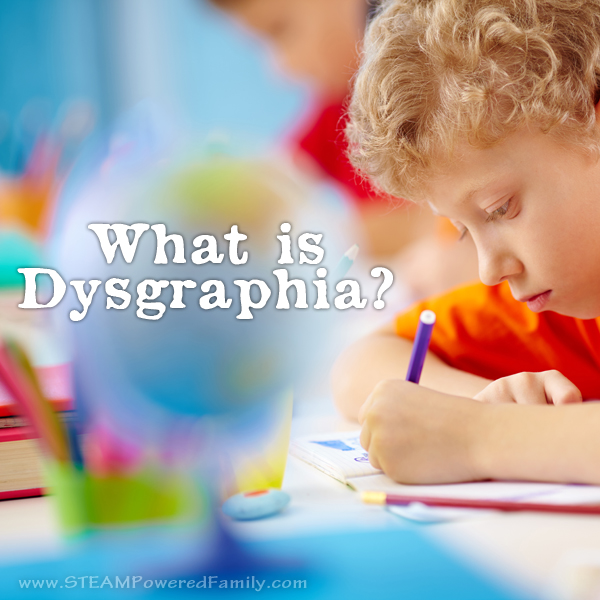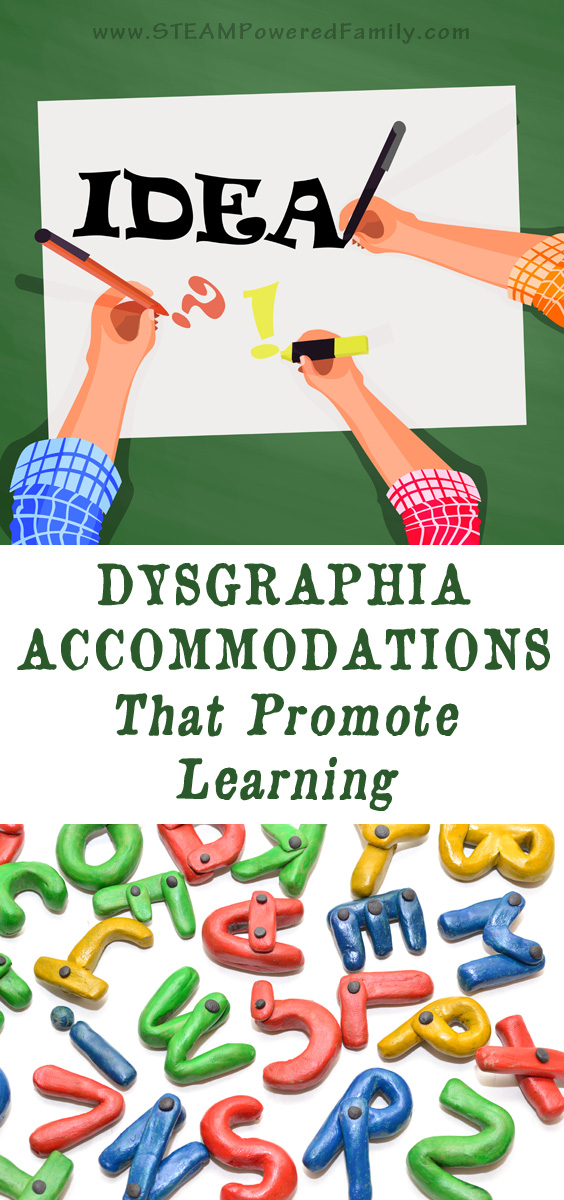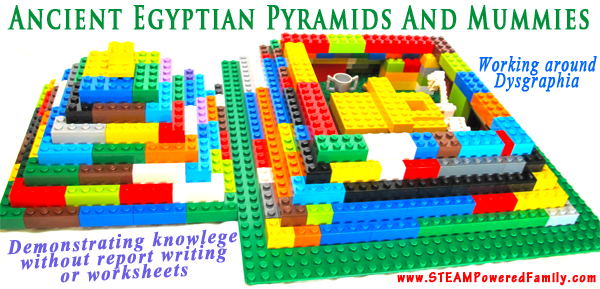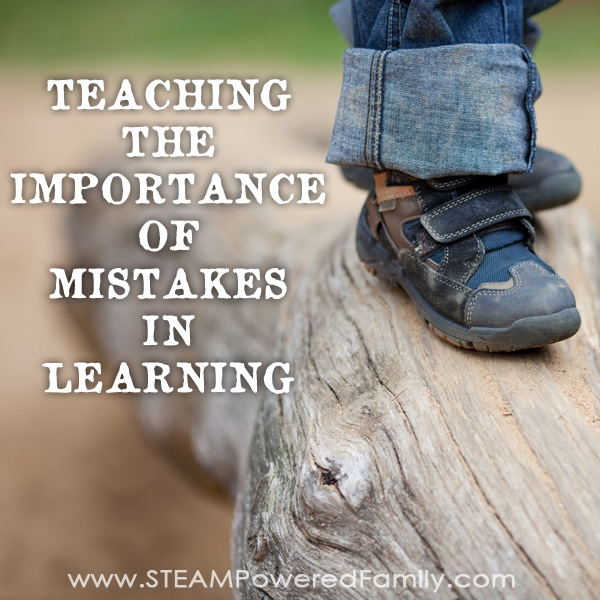Dysgraphia Accommodations That Promote Learning
Dysgraphia Accommodations That Promote Learning and Excellence
One of the greatest struggles for those with dysgraphia is that it masks a person’s true abilities and knowledge. This is especially true in a classroom environment where so much of the assessment and evaluation is based on the ability to write out knowledge and comprehension of a subject. To help students excel despite dysgraphia we need to remove that mask and allow these children to demonstrate their knowledge in new and unique ways. Dysgraphia accommodations can help these children shine in the classroom.
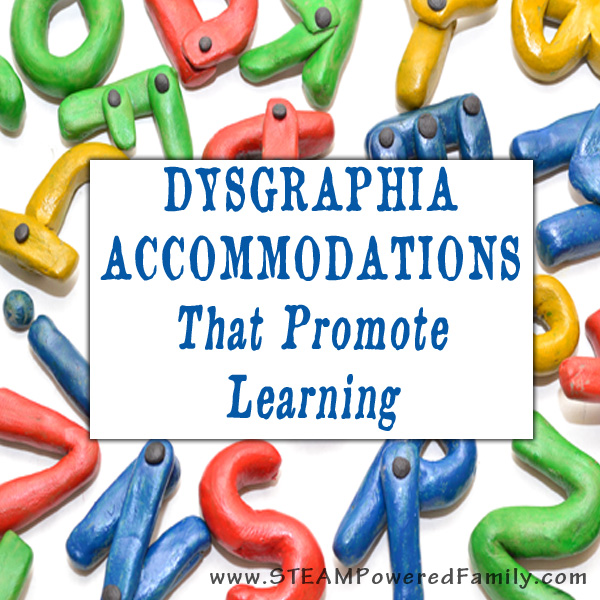
We’ve been working on accommodations for dysgraphia in the elementary grades for approximately 7 years now, and we’ve found a few winners. I hope this list provides you with some ideas on how to help children you are teaching who are struggling with dysgraphia.
Dysgraphia Accommodations
Typing
Most students struggling with dysgraphia find typing easier than writing. Although it can be hard with little hands, you can find smaller keyboards and still teach elementary aged students to type. Dance Mat is a good free tool to get started. For more serious training and practice, we enjoy Typing Instructor Platinum for Kids. It’s set up like a game and I don’t pressure my boys to have perfect hand position. In fact, my son likes to challenge himself to see what methods are fastest for him to type.
Technology to help with writing
There are so many different assistive technology writing tools that I created a whole post dedicated to the subject. But in a quick nutshell, look for tech that makes writing easier. Things like speech recognition software, spelling and grammar checkers, and even portable word processors like the AlphaSmart which my son used while in school.
Dysgraphia and Math
One of the things that surprised me about educating someone with Dysgraphia was how much they struggled with math. Everything from shaping the numbers so they are legible, to aligning the numbers to solve a problem are HUGE issues. It has lead to a great deal of struggle in math, which is likely not something many people realize comes with Dysgraphia. The process of handwriting is used in far more than just writing. To work on this, we have used large graph paper with some success. We also scribe for him as needed, or use online programs.
Oral reports
Instead of writing out answers on a worksheet, have the child read the questions and provide the answers orally. These answers can be recorded by a note taker, a recording device, speech recognition software or even video taped. One common situation faced by many kids with dysgraphia is that they put so much effort into writing that they struggle to convey the depth of their understanding and knowledge. So asking them to verbalize their knowledge can be very eye opening.
Video production
This is a favourite of my son’s for his classroom work. Instead of writing a report on a subject, I ask him to produce a video. It is a very complex process, much like writing a report. He needs to plan his scenes, script them (usually this is done in his head, although sometimes he will jot down a few words spontaneously!), light his scenes, film them. Then he needs to upload all of his videos, stitch them together, edit them, add credits, music and even subtitles. When it’s all finished he does a presentation and shows off his video. It amazes me how much time he will happily put into these videos and I love the depth of knowledge he can convey in his films.
Cursive
One of the issues we discovered is that our concerns around our son’s writing struggles were not addressed early. This gave him a few years of developing ineffective coping mechanisms that make his struggles worse when trying to print. Since the school never taught cursive it is new, fresh and without any bad habits to address. We take our time, go slowly and help him every step of the way. Cursive has allowed us the opportunity to teach our son a new way of writing that will move with him into adulthood. We have really enjoyed using the Handwriting Without Tears series to learn cursive. It’s not always without tears, but it’s one of the more effective tools we’ve used.
Online learning
One surprising impact of dysgraphia is how much it causes my son to struggle with math. Those pages upon pages of worksheets cause him so much pain and frustration. It lead him to develop a case of severe math anxiety while he was in school. This year we are moving our math learning online with a series from Teaching Textbooks. This will allow my son to focus on the math, not his struggles with writing. For other subjects we have found similar online options, most of them paid, but there are free options. Khan Academy is a fantastic resource for high quality, free, online lessons in many subjects.
Remove unnecessary writing
There is a wonderful metaphor out there called The Spoon Theory. It explores how you need to carefully use your limited energy, focus and resources when you are impacted by a disease or disorder. This is very true with dysgraphia. Children with dysgraphia struggle to write, it takes an immense amount of their concentration, energy and resources. Therefore all writing assignments should be evaluated to see if they are truly necessary and not just a “make work” project. Copy work is not a good fit for these children and should be removed. Even something as simple as writing their name on an attendance sheet or other incidental writing requirements should be evaluated and removed if necessary so the writing that is being done is meaningful and positive. Perhaps a checklist could be used, or abbreviations to limit the number of letters required.
Create a plan
There is a lot to remember and process when writing. Create a plan and checklist students can use while writing, preparing reports, proofreading and more. This will help them ensure all steps are completed.
Provide enough space
When providing worksheets or forms to be completed, ensure there is enough space for the student to write out their answers. Students with dysgraphia struggle with planning their words and letters within the space provided, they also often write large and need extra space to provide their answers. Eliminate some of the frustration by ensuring there is enough space on worksheets (this includes math).
Provide honest encouragement and try not to shame
Students with dysgraphia know they have issues. In our experience it started in kindergarten with the teacher posting student work on the walls. Even work that obviously showed off the struggles some of the students had with writing. These students were then mocked by other students. The posting of work continued through the elementary grades leading to bullying and shaming. Students should be asked if they want their work displayed and their feelings respected if they don’t wish to have their writings and weaknesses shared publicly.
When evaluating the work of dysgraphic students, be honest. Focus on the strengths and weaknesses. Give them concrete, honest feedback that allows them to continue to grow and flourish. Give them hope and praise them for effort and attitude. One of the most common things I’ve heard from students with dysgraphia is how much they hated school because they were often judged wrongly, bullied, shamed.
Learn more about Dysgraphia
The more educated parents, teachers and other adults are in dysgraphia, and the struggles that come with the condition, the more we can support these children and help them flourish. We have dedicated an entire series to the topic called What is Dysgraphia?


